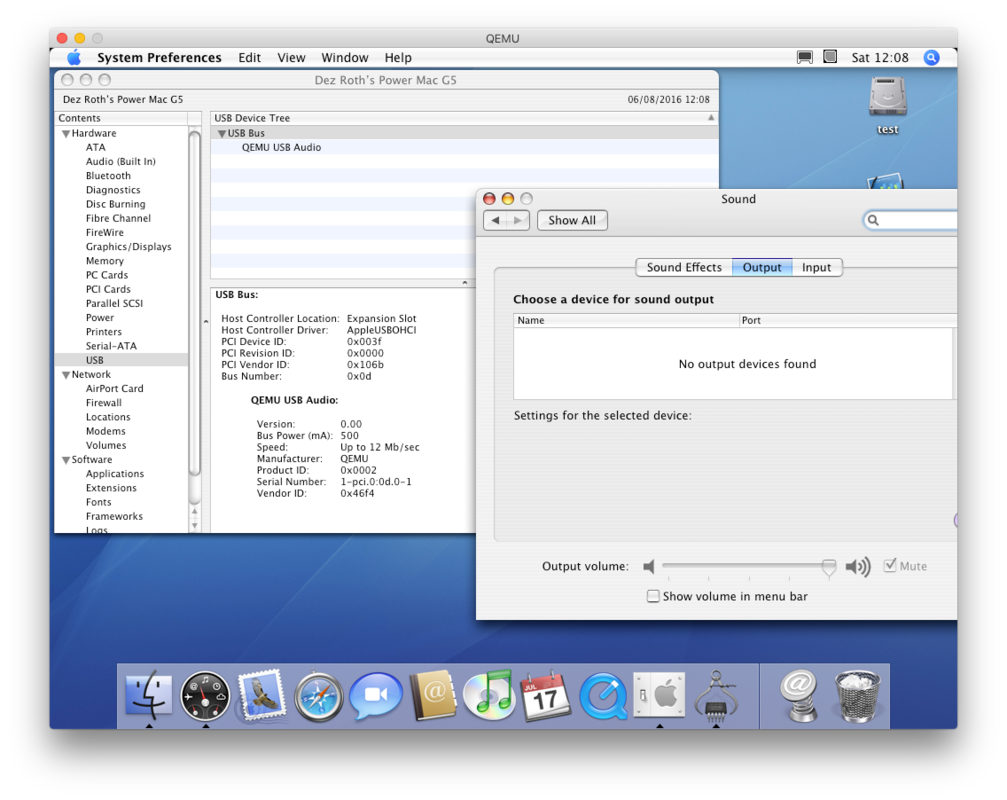
(As noted in the title bar of the QEMU window, you may have to press Ctrl-Alt-G for the mouse pointer to be released from the window. On the Linux Mint boot menu that appears, make sure the “Start Linux Mint” item is selected, then press the Enter Key.If the -accel switch and its argument are omitted, QEMU will run the VM without hardware acceleration in “pure software” mode, but this will likely be too slow for any serious use.)
#Qemu boot iso windows 10
(Note that this command was tested on a Windows 10 machine with hardware virtualization enabled. Run the command “qemu-system-x86_64.exe -boot d -cdrom LinuxMint.iso -m 4G -drive file=Disk.img,format=raw -accel whpx,kernel-irqchip=off”.
#Qemu boot iso install
#Qemu boot iso iso

iso file into the newly creted LinuxOnQemuTest directory.

This tells QEMU to boot first off the CD-ROM (-boot d), that the CD-ROM device is an ISO image (-cdrom or use -cdrom /dev/cdrom if you are using a real CD), and that the /dev/hda device to the virtual machine is the file linux.img. The next step is to start QEMU and tell it to use the image and to boot from it, and at the same time, let it know that our newly created image file is the primary hard drive for this virtual machine: In this case, the ISO image used is the Mandriva Linux 2006 DVD install image. Next, grab an ISO image of your favorite Linux distribution, or the CD-ROM it came on. The default (raw) format is the best for Linux guest operating systems as it will only take up as much space as required. You can use different formats for the image file you can even use the VMware vmdk image format. This creates a 2-GB image file that will be used for the virtual hard drive.
#Qemu boot iso software
Once the software is installed, you can install your first virtual operating system. You can download the source or binaries for different platforms. The first step is to grab QEMU from the project Web site. Another virtualization program is called QEMU and it’s a lot like VMware in concept.

Different ways of tackling virtualization have led to a number of different software packages including VMware, Xen, VirtualPC, and Usermode Linux. Fortunately, it’s not the only game in town. Unfortunately, it’s not free and depending on your budget, can be too expensive for you to consider.

It’s been around for quite a while, it’s stable, reliable, and works extremely well. When it comes to running a virtual operating system, VMware is the first product that comes to mind.


 0 kommentar(er)
0 kommentar(er)
